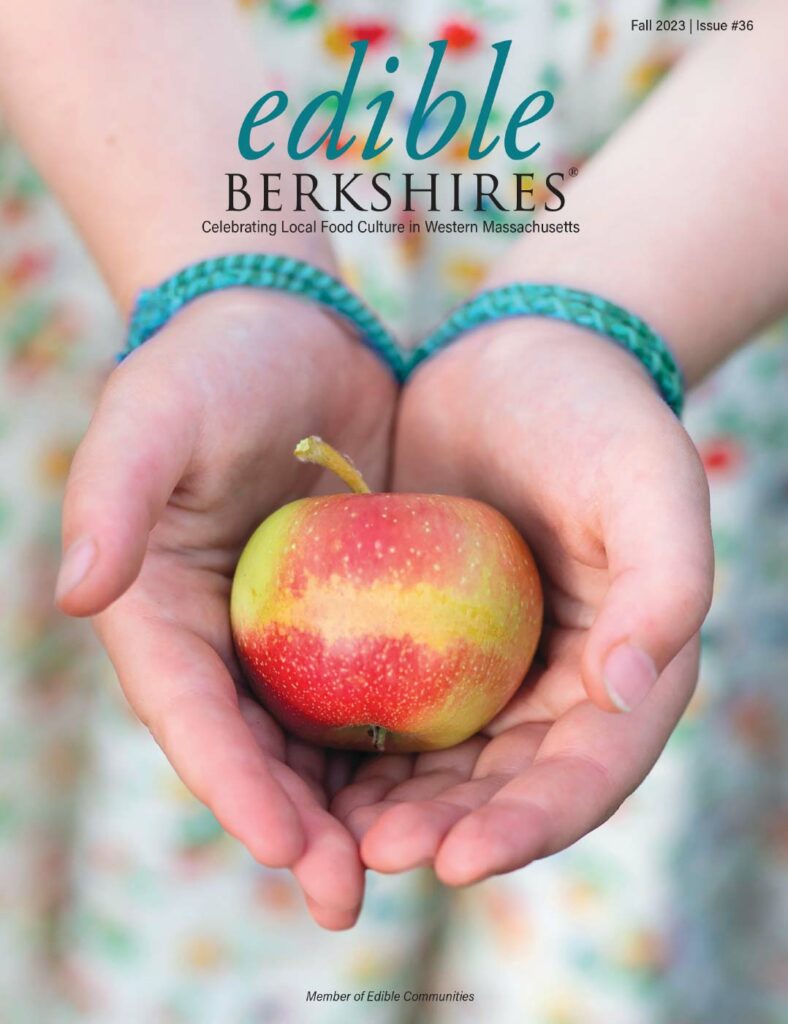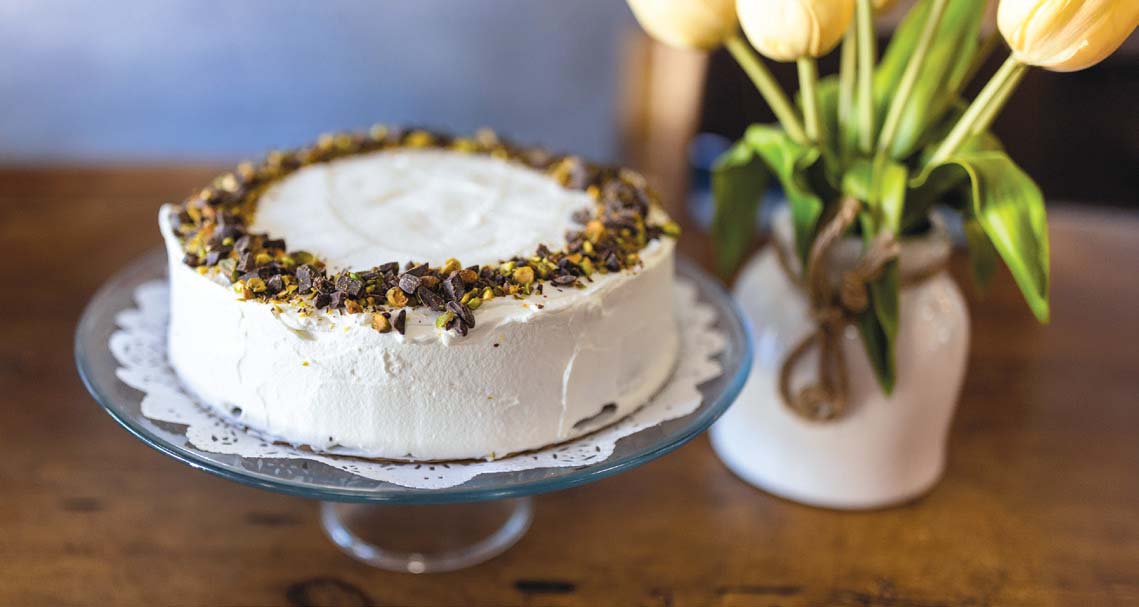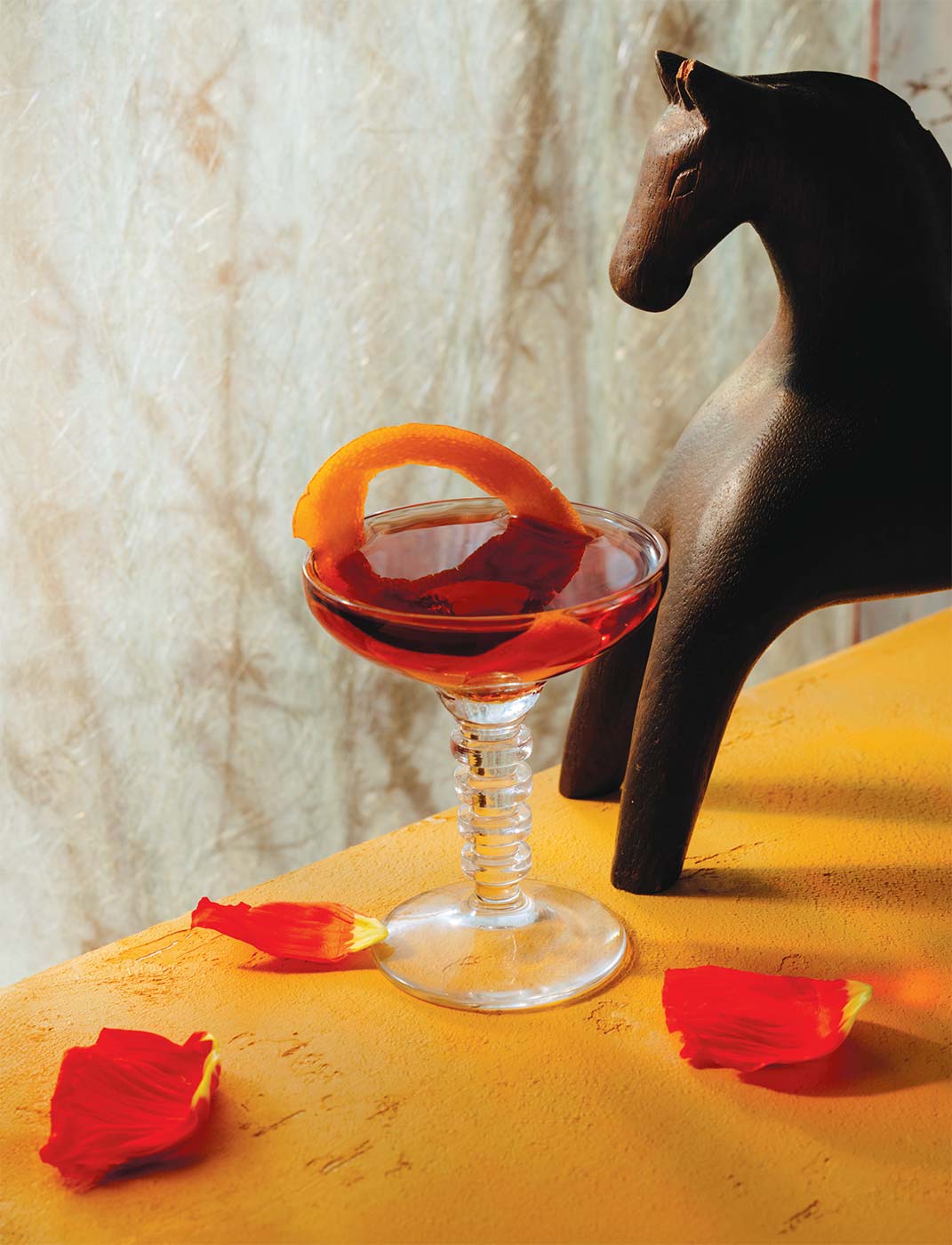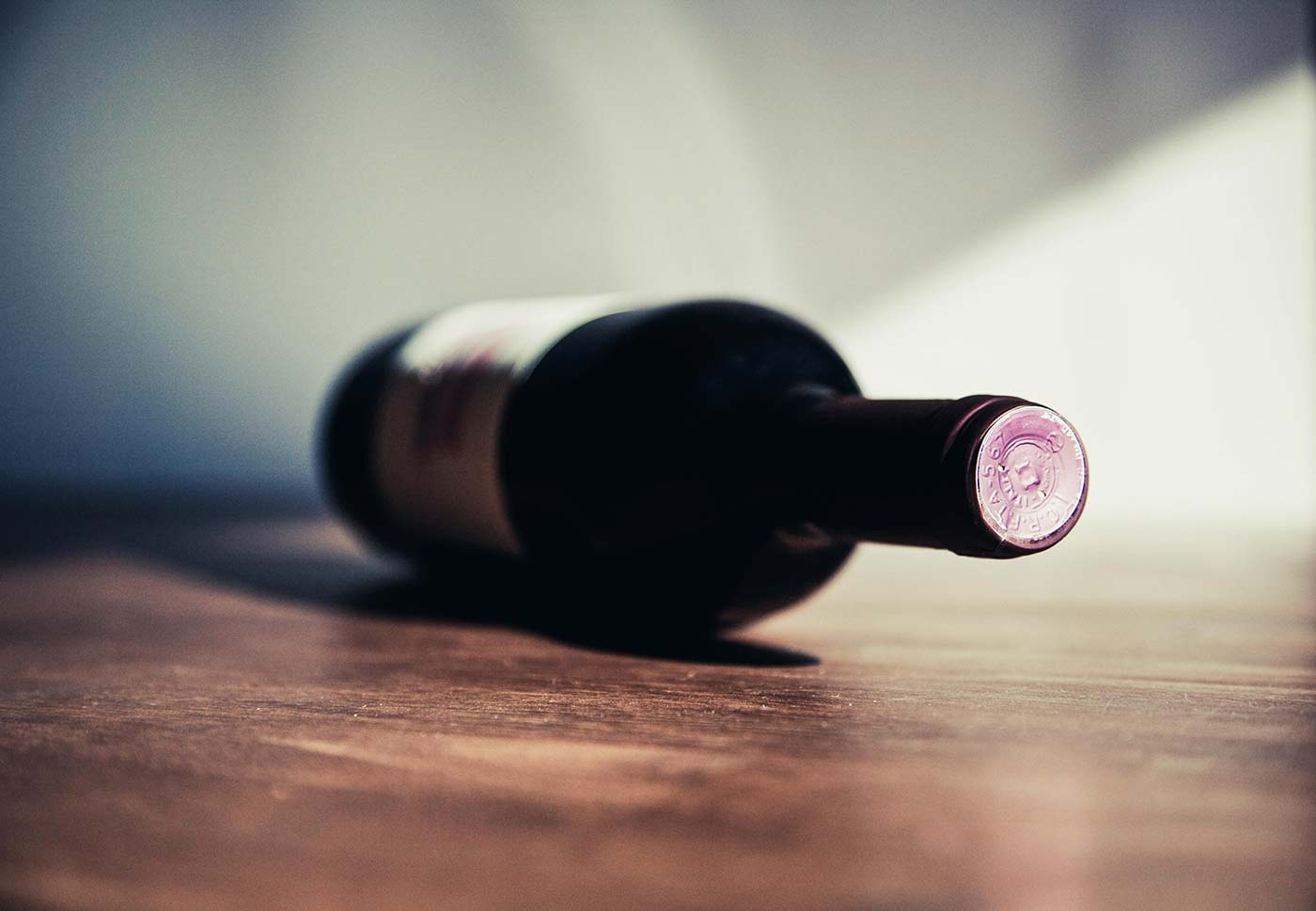Old trees keep giving, if we dare to receive
Apple trees line the back roads that wind through the hills of my rural New England town. These are old trees. No sprays or fertilizers or pruning help them along, and the fruit they produce is just what it is. Gnarled, scabby and wormy, these apples bear no resemblance to the unblemished supermarket specimens that fill bag after plastic bag in identical perfection.
I love these old varieties. Even their names move me: Ashmead’s Kernal, Spartan, Pippins, Roxbury Russet, Winesap, Gravenstein— you won’t find many of these alongside the ubiquitous Red Delicious. Each had a place in an early homestead. Some were excellent keepers; others better for cider. Some ripened early while others hung on the branch until after a late frost.
The flavors of old apples are complicated. You have to think about what you’re eating. Is that a hint of cinnamon, maybe? That other is so tart it makes your mouth pucker, but what a fabulous addition to cider. Even the same variety from place to place and year to year is subtly different.
If I can find an owner I’ll ask permission before I pick but often only a hint of house remains. There’s a cellar hole, maybe, or the skeleton of a used-to-be barn. Then I pick away, happy to share this gift of a tree with any other intrepid picker who comes along.
I must look like a scarecrow out there. I wear a floppy hat to keep the sun off my neck. If the weather is cold enough I’ll toss on my old barn coat. The pockets are huge and hold a ½ peck of apples at a time. Otherwise, an old flannel shirt and heavy jeans will do, the better for climbing up jagged tree trunks. I carry a long-handled apple picker and tie a cloth bag around my waist. I carry a whistle too. I’m generous by nature but I have no desire to share with a hungry bear.
I’m far too old to be climbing around the branches of old trees but there is no other way to get the best fruit at the top of the tree. There is muscle memory in tree climbing and I enjoy it but now, in my sixth decade, there is no question that it isn’t as easy as it used to be. But the low-hanging fruit is for children. I take pride in the climb.
A supermarket apple is a lazy apple. An heirloom apple takes work.
After my bags and baskets are full, I head for home. My car smells like a cider mill and I always seem to have a bee or two come along for the ride. Now the fun begins. What do I do with the bounty? We have a press and some will wind up as cider. The pulp will feed the pigs or the chickens or the compost heap. Some will be sauced and canned. I’ll make at least one batch of apple/mint jelly. Some will be baked into pies and others dried for winter snacks. The very best late apples will sit in the root cellar and be eaten fresh right into February. With a freezer full of pork to use up, I’ll need to put up a least one canner load of brandied apple and onion chutney. The recipe is, shall we say, fluid. That’s a nice way of admitting I haven’t really written down what I do but this is a pretty good approximation. Like the best old apples, the flavor varies from year to year.
RECIPE
BRANDIED APPLE AND ONION CHUTNEY







